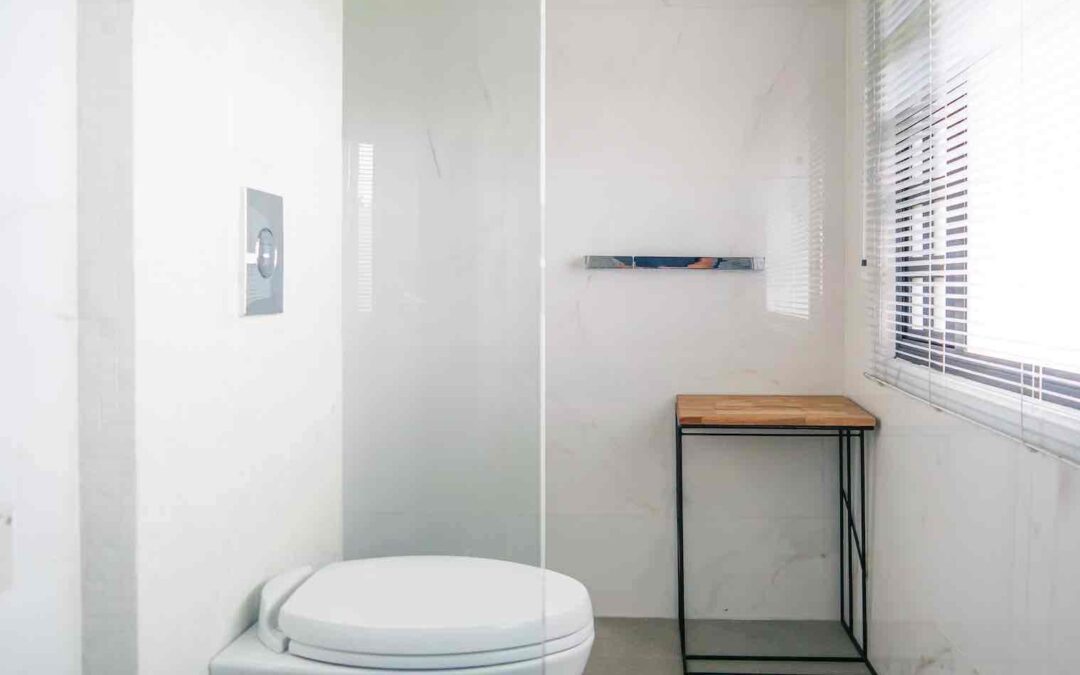Installing faucets, basket strainers, and piping in a double sink drain can seem like a complex task, but with the right guidance, it becomes a manageable project. Whether you’re replacing old components or installing them for the first time, this blog will provide you with a step-by-step guide to ensure a successful installation. By following these instructions and tips, you’ll have a functional and efficient double sink drain in no time.
- Gather the Necessary Tools and Materials: Before starting the installation, gather the required tools and materials. This may include a wrench, pliers, plumber’s tape, basket strainers, tailpieces, slip nuts, and a basin wrench. Having all the necessary equipment on hand will make the installation process smoother and more efficient.
- Prepare the Sink and Drain Holes: Clean the sink thoroughly to remove any debris or residue. Place the sink upside down on a soft surface to avoid scratching. Install the basket strainers into the drain holes, ensuring a tight and secure fit. Apply plumber’s tape to the threads of the basket strainers to create a watertight seal.
- Install the Faucets: Follow the manufacturer’s instructions to install the faucets onto the sink. Insert the faucet stems through the mounting holes and secure them from underneath using the provided nuts. Use a basin wrench to tighten the nuts and ensure a secure connection. Connect the water supply lines to the faucet stems, ensuring proper hot and cold labeling.
- Connect the Tailpieces: Attach the tailpieces to the basket strainers, ensuring a snug fit. Use slip nuts to secure the tailpieces to the strainers, making sure not to overtighten. The tailpieces connect the basket strainers to the drain pipes and play a crucial role in directing the wastewater.
- Install the P-Trap and Drain Pipes: Assemble the P-trap and drain pipes according to the configuration of your double sink. The P-trap creates a water seal to prevent odors from entering the space. Use slip nuts to connect the P-trap and drain pipes, ensuring proper alignment and tightness. Adjust the pipes as needed to fit the dimensions of your double sink.
- Test for Leaks: Once all the components are installed, turn on the water supply and check for any leaks. Carefully inspect the connections and tighten any loose fittings if necessary. Run water in both sinks simultaneously to ensure proper drainage and check for any backups or clogs.
Conclusion
Installing faucets, basket strainers, and piping in a double sink drain is a manageable project with the right guidance. By following the step-by-step instructions outlined in this blog, you can successfully complete the installation and enjoy a functional and efficient double sink setup in your kitchen or bathroom.
Remember to gather the necessary tools and materials, prepare the sink and drain holes, install the faucets securely, connect the tailpieces, assemble the P-trap and drain pipes, and test for leaks. Taking the time to properly install these components will ensure reliable performance and prevent future issues. Enjoy the convenience and functionality of your newly installed double sink drain!

